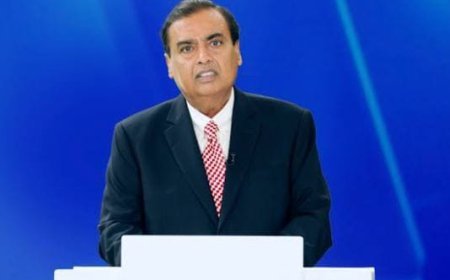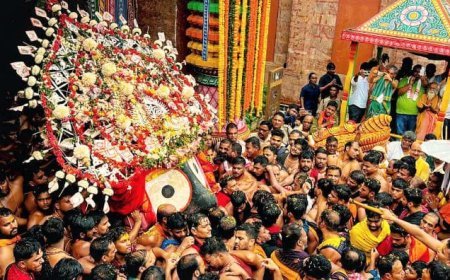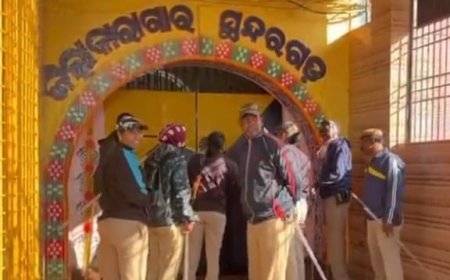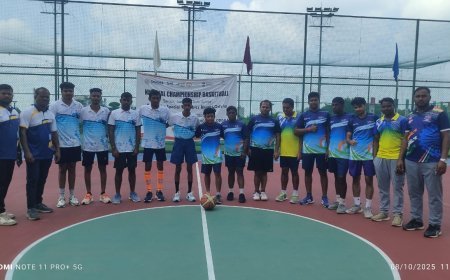A Call for a Central Tribal University in Sundargarh: Honoring Heritage, Empowering Communities

Sanjay Pattnayak
Sundargarh
Sundargarh, a district rich in tribal heritage, diverse cultures, and untapped potential, has long stood as a beacon of resilience and talent. With over 50% of its population belonging to Scheduled Tribes, including 13 Vulnerable Tribal Groups (VTGs), this region has consistently demonstrated its exceptional contributions to India's socio-cultural fabric. Yet, despite its achievements and promise, Sundargarh remains devoid of a Central Tribal University, a crucial institution that could transform lives and uplift the region’s tribal communities.
Sundargarh: The Cradle of Hockey and Excellence
Sundargarh’s prowess in sports, especially hockey, is unparalleled. The district has produced over 60 players who have donned the national jersey, representing India in prestigious events like the Olympics and World Cups. Icons such as Dilip Tirkey, Amit Rohidas, Nilam Sandeep Xess, and Jyoti Sunita Kullu have made Sundargarh synonymous with Indian hockey. This legacy is a testament to the region’s ability to nurture talent, even amidst limited resources.
Beyond hockey, Sundargarh has also gifted the nation with exceptional individuals in diverse fields. Luminaries like Late Ignace Majhi, India’s first tribal barrister, and Dr. Mukut Minz, a Padma Shri recipient for his contributions to medicine, highlight the district's immense potential. Yet, these achievements underscore the pressing need for a robust educational infrastructure to unlock the full capabilities of Sundargarh’s youth.
The Case for a Central Tribal University
Establishing a Central Tribal University in Sundargarh is not merely a matter of aspiration but a necessity. Such an institution would serve as a catalyst for educational, socio-economic, and cultural transformation.
1. Empowering Tribal Communities:
A tribal university would address the critical need for accessible higher education, enabling tribal youth to pursue academic excellence without migrating to far-off cities.
2. Preserving Tribal Heritage:
The university could become a hub for preserving tribal languages, traditions, and knowledge systems, fostering a sense of pride and continuity among tribal communities.
3. Economic Development:
The influx of students, faculty, and staff would stimulate the local economy, creating jobs and boosting infrastructure development.
4. Regional Impact:
The university could cater to neighboring tribal-dominated regions in Jharkhand, Chhattisgarh, and West Bengal, becoming a center of excellence for eastern India.
A Vision Supported by History and Leadership
The availability of government land in Sundargarh Sadar makes the region an ideal location for such an institution. Moreover, the district’s history of producing leaders like Sri Jual Oram, an advocate for tribal rights and development, offers hope for this vision to materialize.
The establishment of a Central Tribal University in Sundargarh would not only honor the district's legacy but also pave the way for a brighter, inclusive future. It would serve as a tribute to the resilience and achievements of its people, ensuring that no talent goes unnoticed, and no potential remains untapped.
An Appeal to the Nation and Leaders
We urge the government, policymakers, and leaders, especially those with roots in Sundargarh, to champion this cause. Let Sundargarh not only be the "cradle of hockey" but also a beacon of education and empowerment for tribal communities.
This is not just a request; it is a responsibility—to preserve, promote, and propel the unique spirit of Sundargarh into a future that is as bright as its heritage is proud.
Together, let us turn this vision into reality. Sundargarh awaits its moment.








































